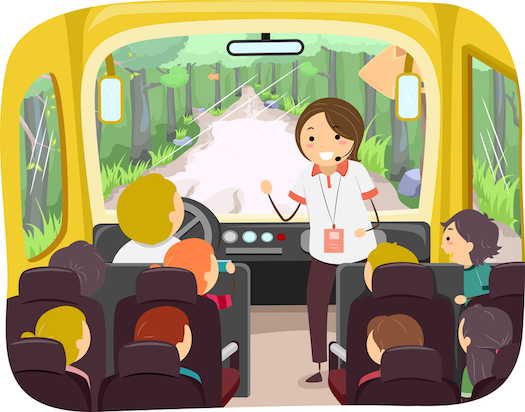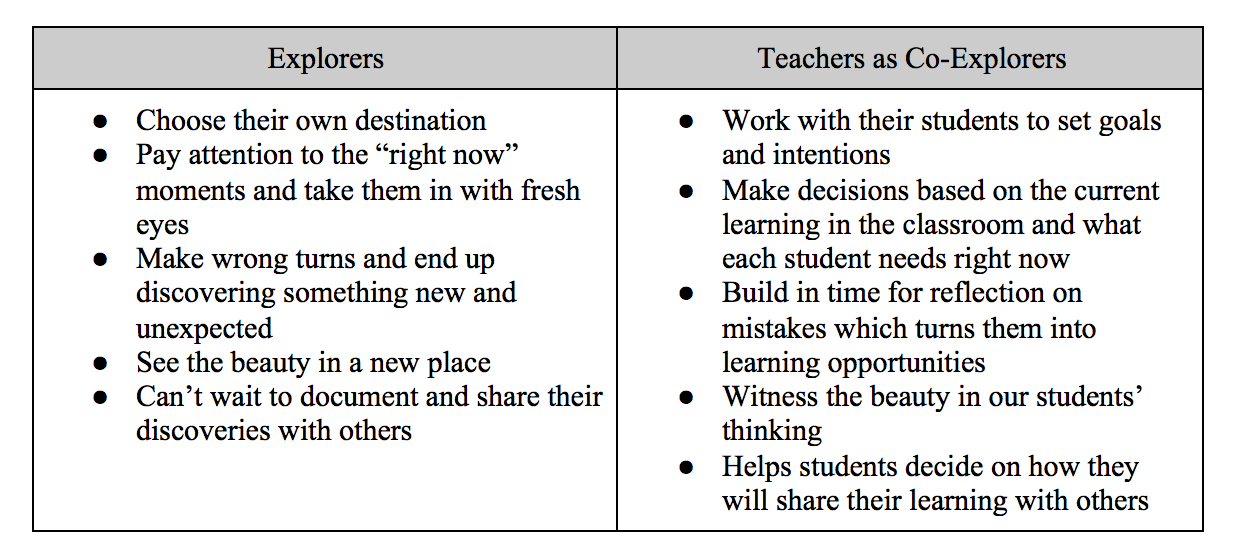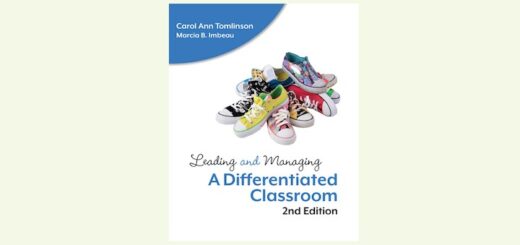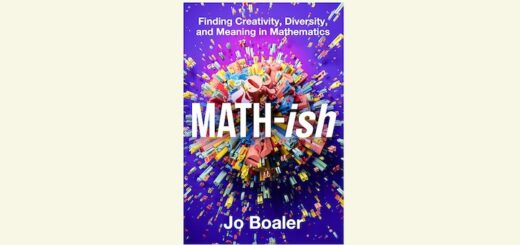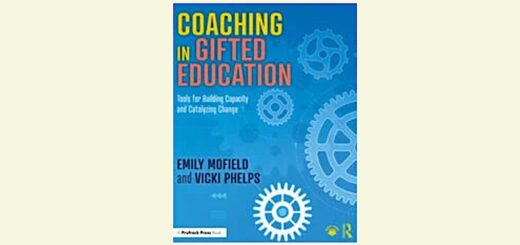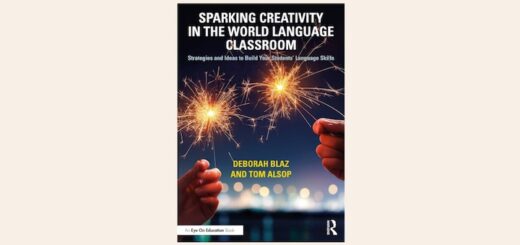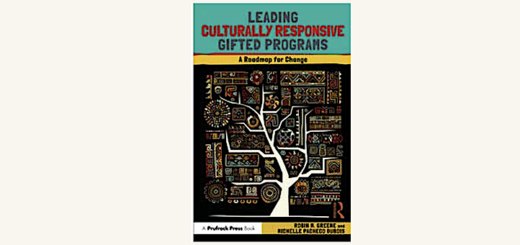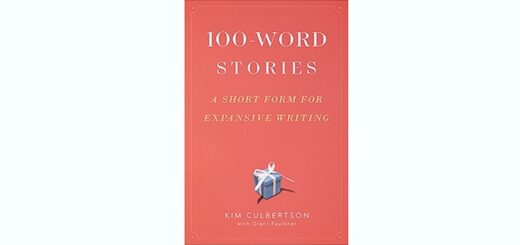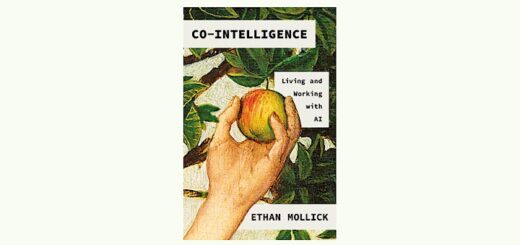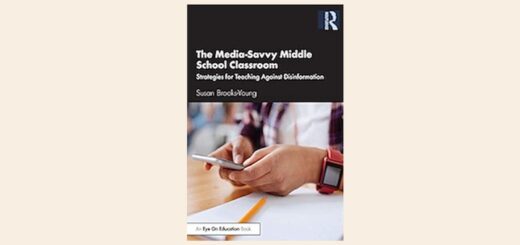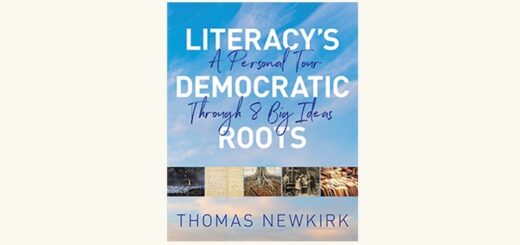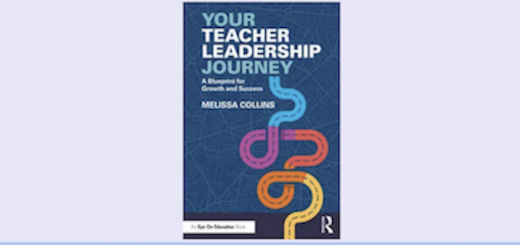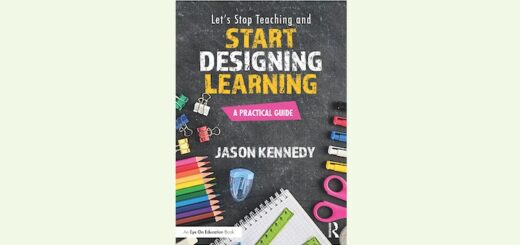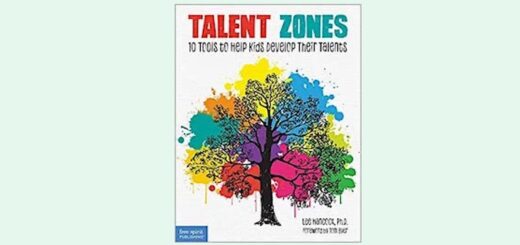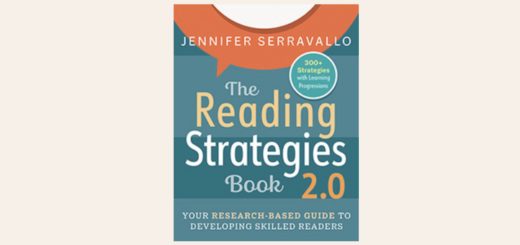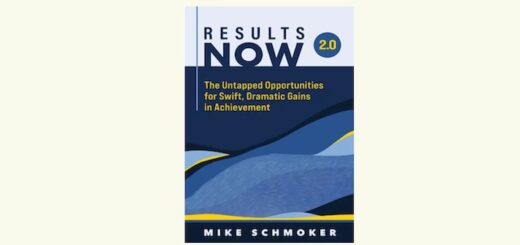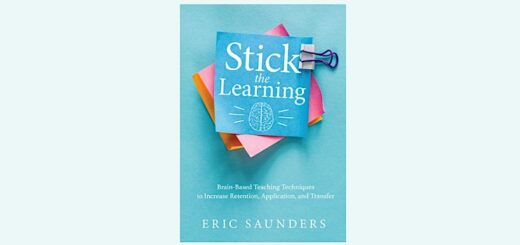Are You a Tour Guide Teacher or Co-Explorer?

Ever since a recent trip to Stockholm, I’ve been thinking about the different ways to be a tourist and a learner.
During my first few days in Sweden our tour guides walked us around, made introductions, translated for us, and generally made us feel at home. The days we did not have a tour guide felt different.
We explored the city with a map and intention in hand, making wrong turns and discovering quiet parks, local hangouts, and yummy restaurants tucked away on side streets. I appreciated both experiences and realized how important it can be to be guided guests and also to be unguided explorers.
As teachers we have many important roles, and one of them is making the choice about how we want to show up in relation to our students. Do we always want or need to be the tour guide? Is there space to be a co-explorer?
The Tour Guide Teacher
When I choose to be a tour guide for my students, I first have to know the lay of the land very well. I have to know the ins and outs of the place we are going, as well as the directions, landmarks, highlights, and potential obstacles.
My main actions as the tour guide are to (a) create an itinerary, (b) plan the schedule, and (c) study the content. Most of my work is done ahead of time and then when the tourists (students) arrive, I follow out the plan.
There are some clear benefits to teaching this way. First, the preparation done ahead of time can help us feel confident and ready to teach. Second, we can reuse our itinerary, schedule and content knowledge from class to class and year to year. Third, it makes us feel like we are operating from our home base, not tourists ourselves.
Let’s look at a table that shows some of the ways teachers show up as tour guides.
There are also some consequences of being “tour guide teachers” we might want to consider.
► First, students do not get much say in the learning experience because the itinerary is set for them already.
► Second, the schedule, pacing and even specific lesson focuses might not match the current students’ needs in front of you.
► Third, it assumes teachers can simply deliver content to students. We cannot really give our knowledge to others. Students must have experiences that help them develop and use knowledge themselves for any real and deep learning to happen.
Every teacher I know wants students to be highly engaged and motivated to explore a new topic and text. It is hard to build that sort of excitement and inquiry when a guide is going to do most of the work for you. All you have to do is get on and off the tour bus when instructed. So what else could we offer our students and ourselves as teachers?
The Teacher as Co-Explorer
What if we decided to abandon our roles as tour guides (at least some of the time) and embrace a different role as co-explorers? This would require us to visit places we have never been before. Rather than plan ahead of time we would stop and plan as we are exploring.
Our main actions would be to (a) create the goals and destinations with our co-explorers (students) to decide where we want to go, (b) begin exploring one small part at a time, leaving time for wrong turns and unexpected finds, and (c) documenting our journey as we go so we can remember and reflect on what we’ve discovered to share it with others.
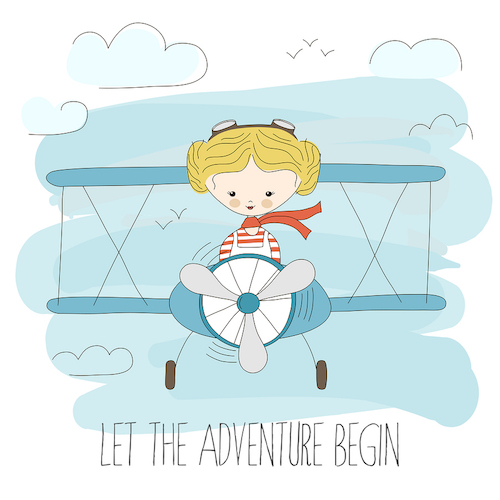
We would feel a lot less pressure to arrive at specific places at certain times, which leads to less anxiety and clock-watching. In other words, we could be a lot more in the moment.
Our students would benefit from having us as co-explorers too. Rather than be handed the itinerary and plans, which often leads students to feeling that learning is done to them, they would have a choice in their learning adventure.
A sense of discovery and inquiry would envelop the classroom. Students would focus on learning rather than on getting it “right” or proving they got to the correct place on time. There would be mishaps and mistakes and students would take wrong turns, which could lead to self-reflection. The contagious feeling of being in a new place would fill every person (young and old) in the room with energy.
Let’s look at this table that shows how teachers could be more like co-explorers with their students.
Planning the Trip
There are countless reasons why many of us decide to be tour guides in our classrooms. A few reasons include pressure from others such as administrators, parents, and colleagues; a highly scripted curriculum; and fear of going off course and not offering students what they need.
While all of this may be real, we can at least consider some alternatives. What if each day you ask yourself which role you are choosing and why you are choosing it? What if some days you guide and some days you explore?
The following example shows one way you could balance these two roles when teaching a reading unit.
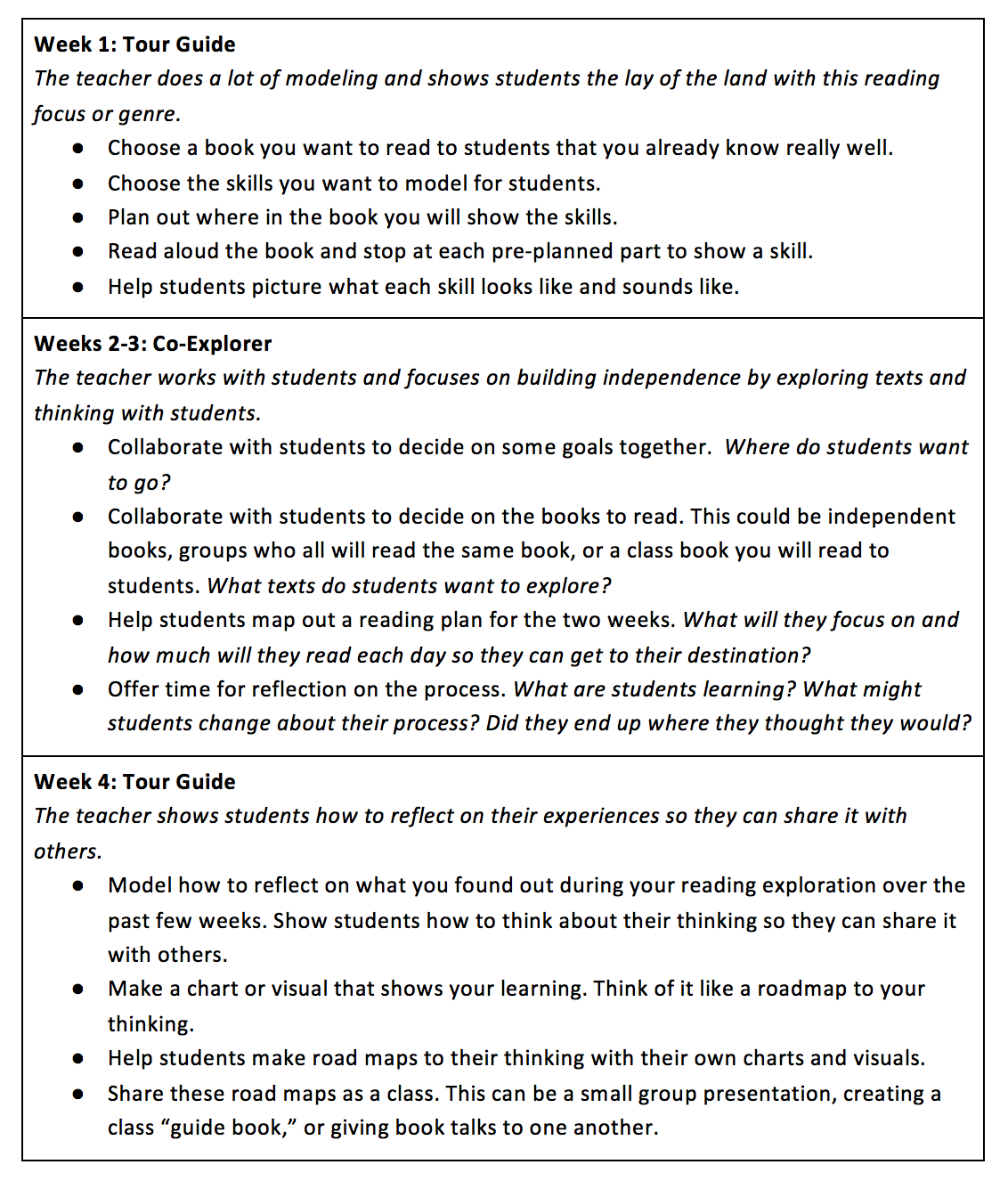
You Have a Choice
Karl, one of my teacher colleagues, says “commitment is making your own choice over and over again.” This means you can commit to any teacher role you want as long as you choose it.

Feel free to try out my example above or create your own. Offer your students some time to reflect with you on how their learning changes when your roles change. Most importantly, take in the places you go with your students by being a tourist with them at least once in a while. It is amazing what you will discover.
_____________
Dr. Gravity Goldberg is an educational consultant and author who partners with districts to support meaningful learning opportunities for teachers and students. She specializes in student-centered literacy practices, building independence, and instructional decision-making.
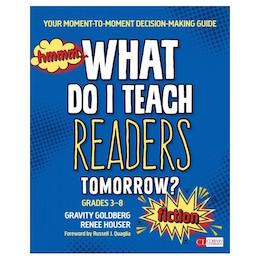
Visit her website, follow her on Twitter @drgravityg or write her: gravity/a/drgravitygoldberg.com

